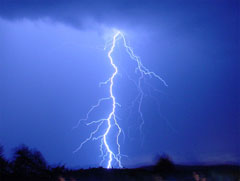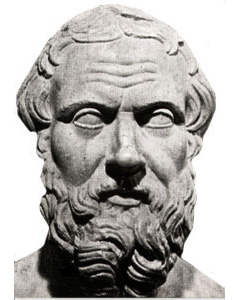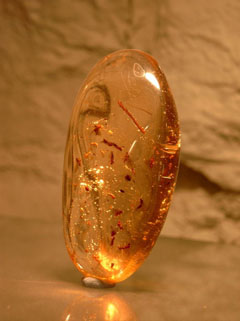Home > Science > The Dawn of Electricity > The Origin of Electricity
The Origin of Electricity
The mastery of electricity was not the work of one person alone. It was made possible through a series of discoveries and inventions made by a large number of scientists. The phenomenon of static electricity was observed in antiquity. However, mankind would have to wait until the 17th century before electricity would spark interest once again. The invention of the Voltaic Pile by Volta in 1800 caught the attention of several scientists. Their research endeavours would serve to advance knowledge quickly. By 1800, the quality of their work and experiments would lead to the construction of the first electric power generation stations in Europe and America.
Man has been aware of the phenomenon of electricity for a long time. One need only think of lightning in the sky, electric eels or static electricity in wool. Some 600 years before Jesus Christ, Greek philosopher and scientist Thales of Miletus began the first experiments with electricity. He noted that a piece of amber rubbed on fur attracted feathers, straw and other small objects. Amber is a substance secreted by trees, and during Miletus' era, it was used to make jewellery.
Where there is electricity, there is magnetism. Nearly 200 years ago in the region of Magnesia, Turkey, a mineral known as magnetite, a natural magnet, was discovered. It is in honour of this region that the phenomenon of attraction of these stones is designated by the word magnetism. The Chinese would use the properties of magnetite to invent the compass around the year 1000.









